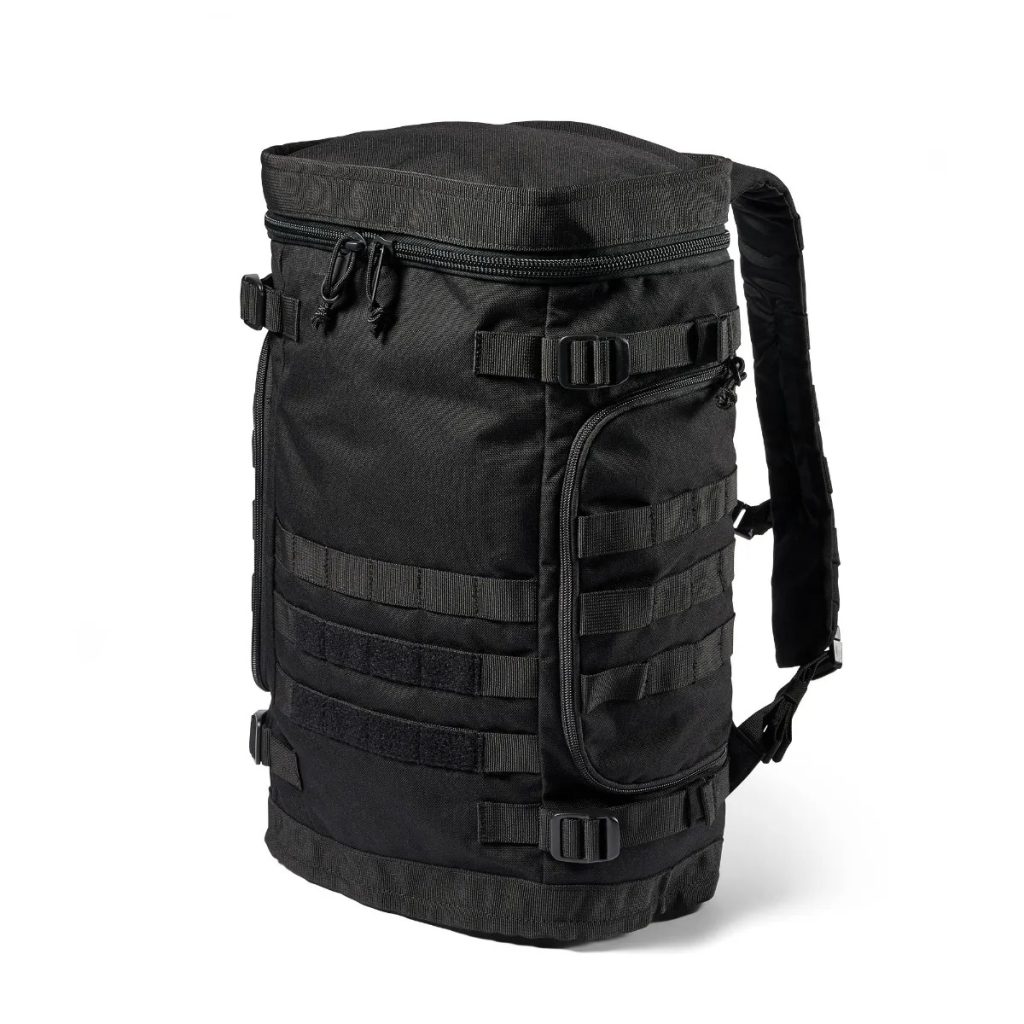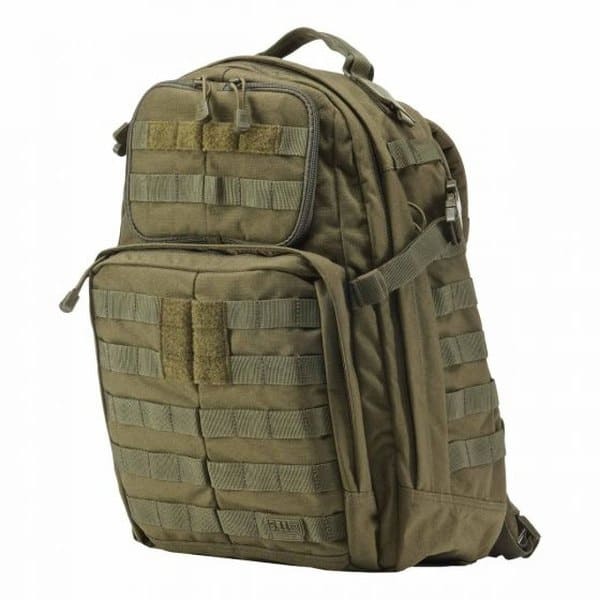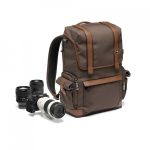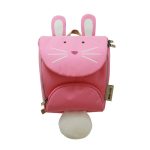Introduction to Rucking
Rucking is a form of cardio exercise. It combines walking with the added weight of a rucking backpack. This practice has military roots but has grown in popularity among civilians. It’s an excellent workout for building endurance and strength. For effective rucking, you need the right gear. A suitable rucking backpack is essential. This backpack should withstand heavy loads and long distances. Comfort is also crucial, as you’ll be carrying it for extended periods.
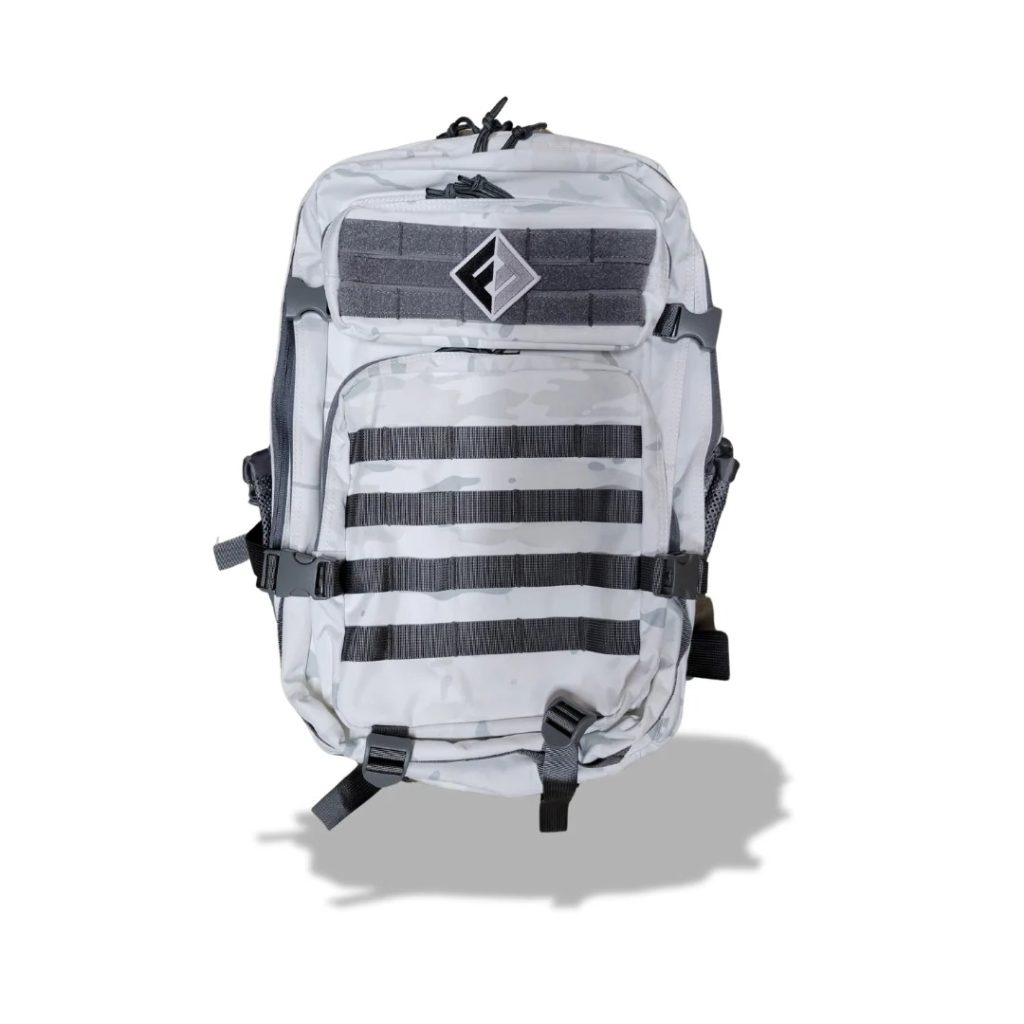
Rucking has both physical and mental benefits. It increases heart rate, burns calories, and strengthens muscles. It also improves mental toughness and builds character. Whether you’re training for military service or seeking a new fitness challenge, rucking can be rewarding. But don’t underestimate the importance of a quality rucking backpack. It can make the difference between an enjoyable ruck march and a painful experience.
Key Features of a Quality Rucking Backpack
When searching for a rucking backpack, focus on key attributes. They ensure a robust and enjoyable ruck. Here are the features to consider.
Durability and Material
A backpack’s resilience is vital for rucking. Look for materials like high-denier nylon or Cordura. These fabrics resist abrasion and tears. Reinforced stitching and weather-resistant coatings add to longevity. A strong frame can also support heavy loads without deforming.
Comfort and Fit
Comfort is non-negotiable for hours of rucking. Padded shoulder straps ease pressure on shoulders. A sternum strap and hip belt distribute weight evenly. This prevents muscle strain. Look for adjustable features. They help tailor the backpack to your body for a snug, comfortable fit.
Storage Capacity and Compartments
A quality backpack has ample space for gear and water. But too many compartments create confusion. Choose a backpack with a main compartment for bulk items. Ensure it has pockets for small essentials. This organization strategy aids in quick access and efficient packing. Aim for a balance between space and practicality.
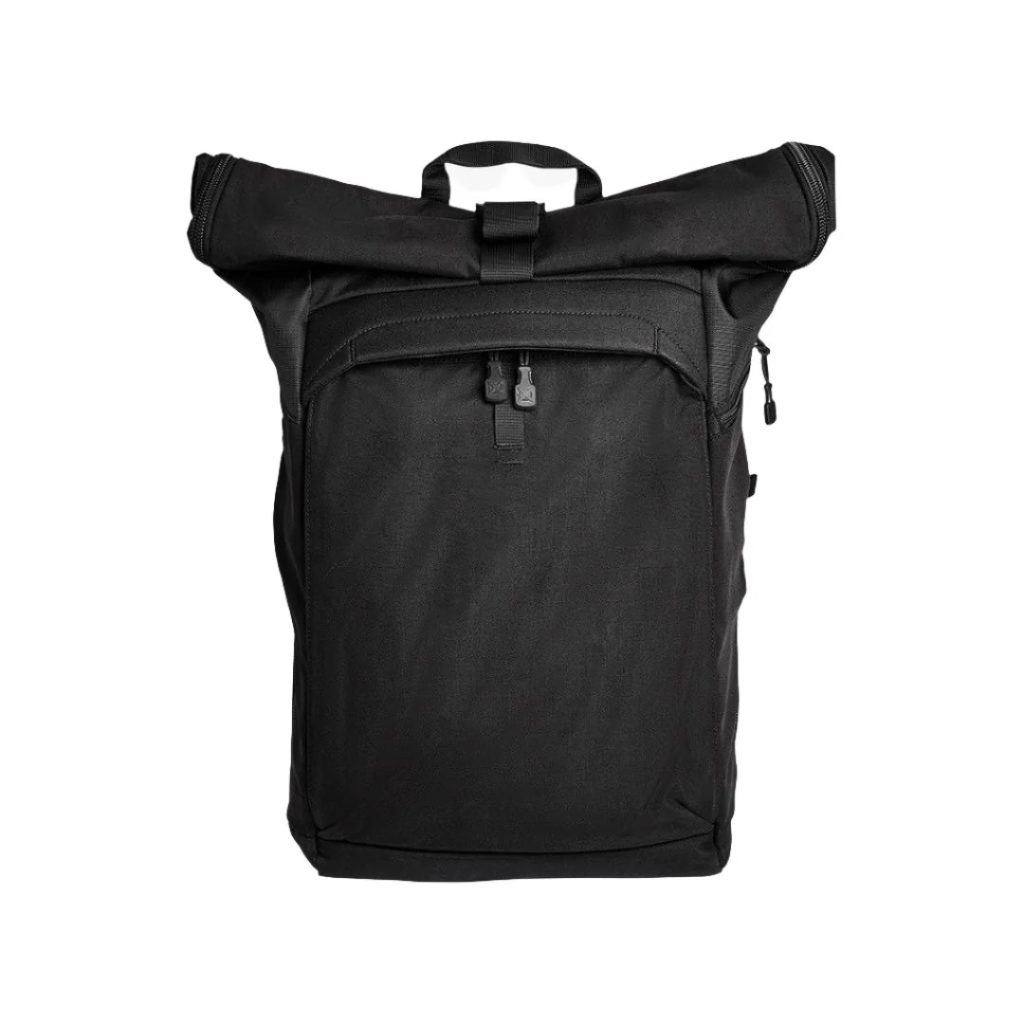
The Importance of Proper Weight Distribution
When you load up a rucking backpack, weight distribution is key. Proper weight distribution affects posture and comfort. It also influences your energy usage and stride. For long rucks, these factors can impact your overall experience and safety. Here’s why it’s important.
Maintaining Posture
Proper weight distribution helps maintain natural posture. It reduces the risk of back and shoulder pain. Place heavier items close to your back. This balance prevents leaning and hunching. Good posture allows for deeper breathing and better endurance.
Reducing Fatigue and Injury
Even weight spread prevents muscle fatigue and overuse injuries. Keep heavy loads near your body’s center. This allows your core muscles to work efficiently. Straps and belts on your rucking backpack adjust for a close fit. The right fit minimizes unnecessary movement and chafing.
Enhancing Rucking Performance
Balanced load helps maintain a steady pace. It lets you save energy for longer rucks. When your backpack is set up right, you can focus on the ruck itself. You’re less distracted by discomfort or load shifts. This makes for a more effective and enjoyable workout.
Ensuring Safety
Safety concerns arise when weight tilts or shifts suddenly. A well-distributed load stays stable on your back. It reduces chances of falls or twists, especially on uneven terrain.
By understanding the importance of proper weight distribution, ruckers can ensure a more comfortable and efficient workout. When choosing a rucking backpack, consider features that promote even distribution. These include internal frames, adjustable straps, and accessible compartments for weight adjustment. With these considerations, your rucking experience can appear less daunting and more enjoyable.
Comparing Top Rucking Backpack Brands
Choosing the right brand for your rucking backpack is crucial. Top brands offer quality, durability, and features that cater to the unique demands of rucking. Let’s compare some of the popular brands in the market.
GoRuck
GoRuck backpacks are renowned for their military-grade toughness and functionality. They use high-denier Cordura fabric, ensuring they can handle rugged use. With comfortable shoulder straps and optimal weight distribution, GoRuck backpacks are favorites among ruck enthusiasts. The brand’s focus on minimalist design means fewer compartments, but this also leads to easier packing and weight balance.
5.11 Tactical
5.11 Tactical backpacks are another top choice for those serious about rucking. They offer various compartments, allowing for organized storage and accessibility. The backpacks often come with a sternum strap, hip belt, and padded shoulder straps. This helps distribute the load evenly. Durable materials and construction are standards with 5.11 Tactical, making them a reliable option.
ALICE Packs
ALICE packs, short for All-purpose Lightweight Individual Carrying Equipment, have a long history with the military. These packs are known for their ruggedness and simplicity. With a sturdy frame and robust fabric, they’re built to last. ALICE packs generally lack modern comforts but make up for it in sheer durability. They’re a good choice if you prefer a traditional military-style pack.
When selecting a rucking backpack, consider these brands and their unique offerings. Look for the right combination of durability, comfort, and functionality to match your rucking needs.
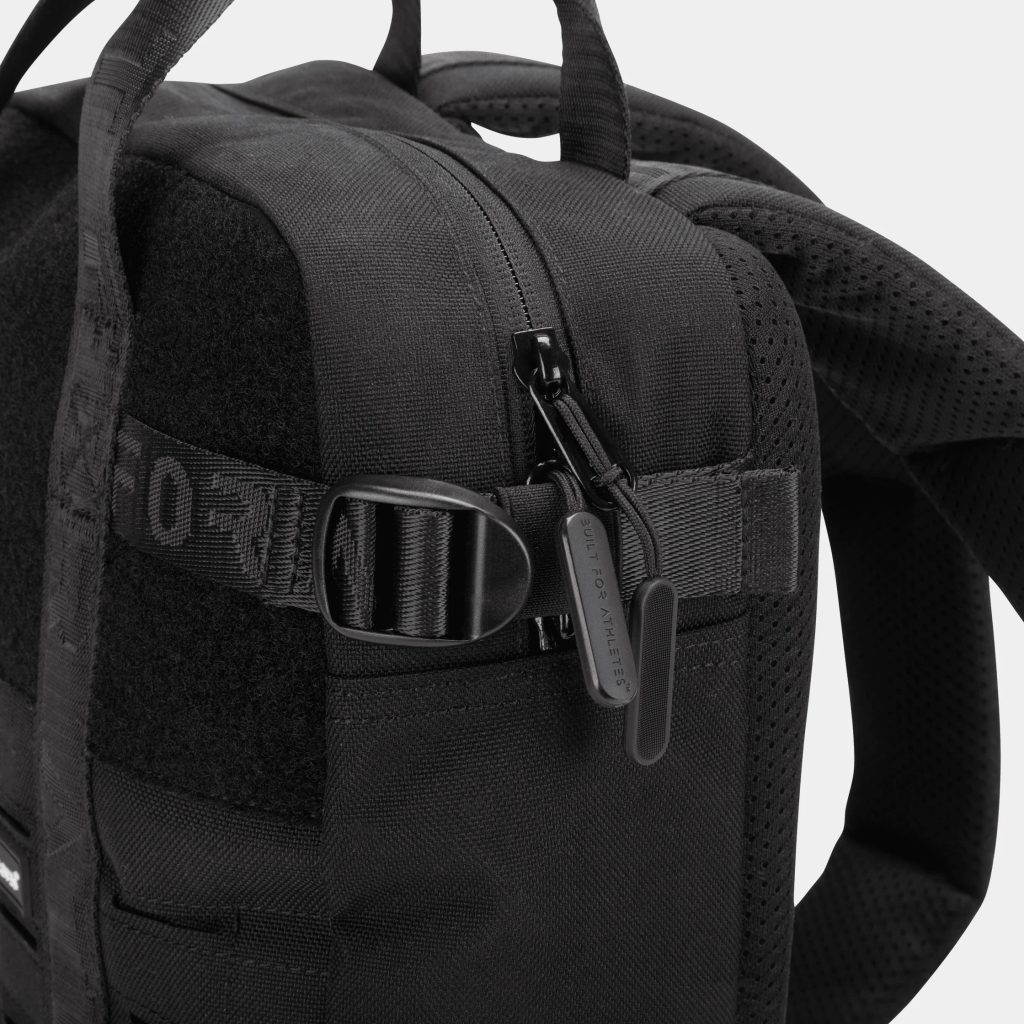
Practical Accessories for Rucking
In addition to a quality rucking backpack, the right accessories can enhance your rucking experience. These items cater to convenience, comfort, and safety. Below are some practical accessories to consider.
Hydration Systems
Staying hydrated is key during rucking. Hydration systems are more practical than water bottles. Look for backpacks with built-in bladders or hydration sleeves. This feature allows for easy sipping while on the move. It also keeps your hands free and water weight stable. If your backpack doesn’t have one, consider an add-on hydration bladder.
Weight Plates vs. Natural Weights
For effective rucking, you need weights. Some prefer weight plates designed for backpacks. They offer a consistent and stable load. Weight plates fit snugly and won’t shift around as you move. However, natural weights like sandbags or stones are an option. They are more accessible and can be adjusted for weight. Whichever you choose, ensure they situate close to your back for proper weight distribution.
When you prepare for rucking, remember to include these accessories. They can make your ruck more efficient and enjoyable. Always aim for hydration convenience and the right kind of weights for your goals and comfort.
Maintenance and Care for Your Rucking Backpack
Proper maintenance and care of your rucking backpack extend its life and performance. Here’s how to keep it in top condition.
Regular Cleaning
Clean your backpack after each ruck. Wipe down the exterior with a damp cloth to remove dirt. For deep cleaning, use a mild detergent and soft brush. Rinse well and air dry.
Inspection for Damage
Check for tears, frays, or loose threads regularly. Inspect seams and zippers as well. Early repair prevents small issues from becoming big problems.
Proper Storage
Store your backpack in a cool, dry place. Avoid direct sunlight or damp areas. This can prevent fabric decay and mold growth.
Care for Zippers and Buckles
Keep zippers free of debris. Use a lubricant if they stick. Check buckles for cracks or breaks. Replace them if needed to ensure functionality.
Avoid Overloading
Don’t exceed your backpack’s recommended weight limit. Overloading can cause stress on the fabric and seams, leading to damage.
By following these simple care instructions, your rucking backpack will remain durable and reliable for all your adventures.
Final Thoughts on Selecting the Right Backpack
When it comes to rucking, the right backpack is your foundational gear. Now that we’ve explored the essential features, brands, and accessories, remember these final points when making your selection. First, prioritize durability. Your rucking backpack must endure the rigors of your adventurous lifestyle. Materials like high-denier nylon or Cordura are your best bet. Comfort should follow closely behind durability. Verify that the shoulder straps, hip belt, and sternum strap are all adjustable. This ensures the backpack fits you well and won’t cause unnecessary strain on your body. Storage is another critical consideration. Ensure the backpack’s capacity meets your needs while maintaining practical compartmentalization for easy access to your essentials.
